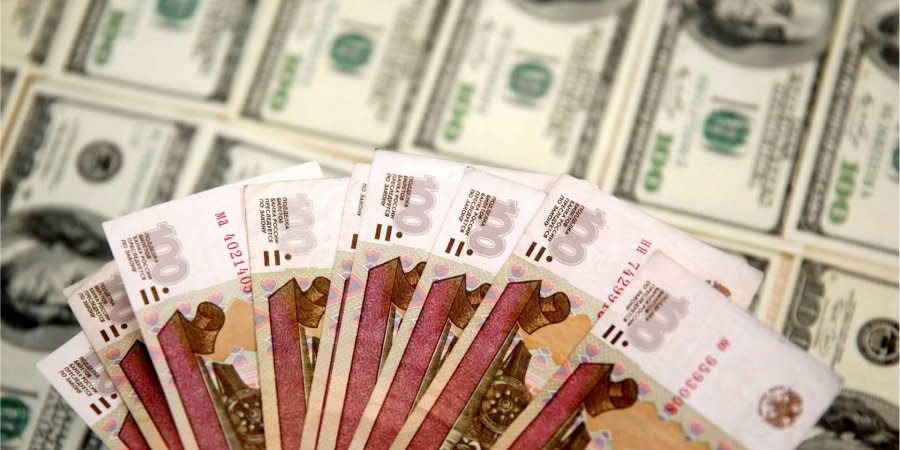Moody’s declares Russia to be in default

- Oops!Something went wrong.Please try again later.
Read also: What the Russian debt default means
Creditors did not receive due payments after a 30-day grace period for the late payment of the bonds had elapsed, prompting the agency to classify this as a default.
While Russian dictator Vladimir Putin issued a decree on June 22 mandating all future Russian sovereign debts be paid in rubles. Moody’s said that would still “be considered defaulting on bonds, which don’t allow for payments in rubles.”
Pre-2018 Russian eurobonds don’t have such an option, as neither did Russia using rubles to make a partial sovereign debt redemption in late March.
Bloomberg reported that Russia has defaulted on its sovereign, foreign currency-denominated debt for the first time since 1918. Despite having enough cash reserves to make the payments, Western financial sanctions prevent Moscow from actually executing the necessary transfers.
Read also: Kremlin ‘disagrees’ with claims it has defaulted on foreign sovereign debt, says spokesman
Nevertheless, the Russian Finance Ministry continued to look for ways to make interest payments on its eurobonds in U.S. dollars and euros, after a scheme to substitute them for rubles failed.
Read also: Vladimir Putin’s dark journey from economic reformer to war criminal
The U.S. administration on May 25 revoked the Russian Finance Ministry's license to conduct any actions involving bonds on the U.S. financial markets, including payments to creditors.
June 26 was the deadline for Moscow to make interest payments worth around $100 million on its sovereign debt.

